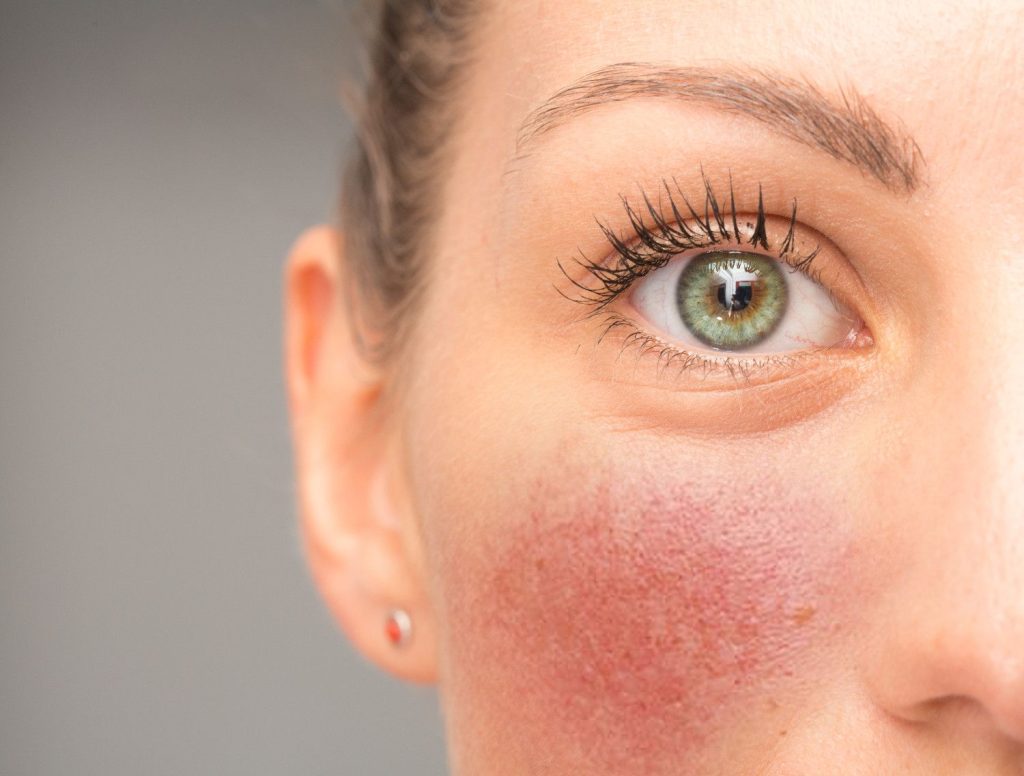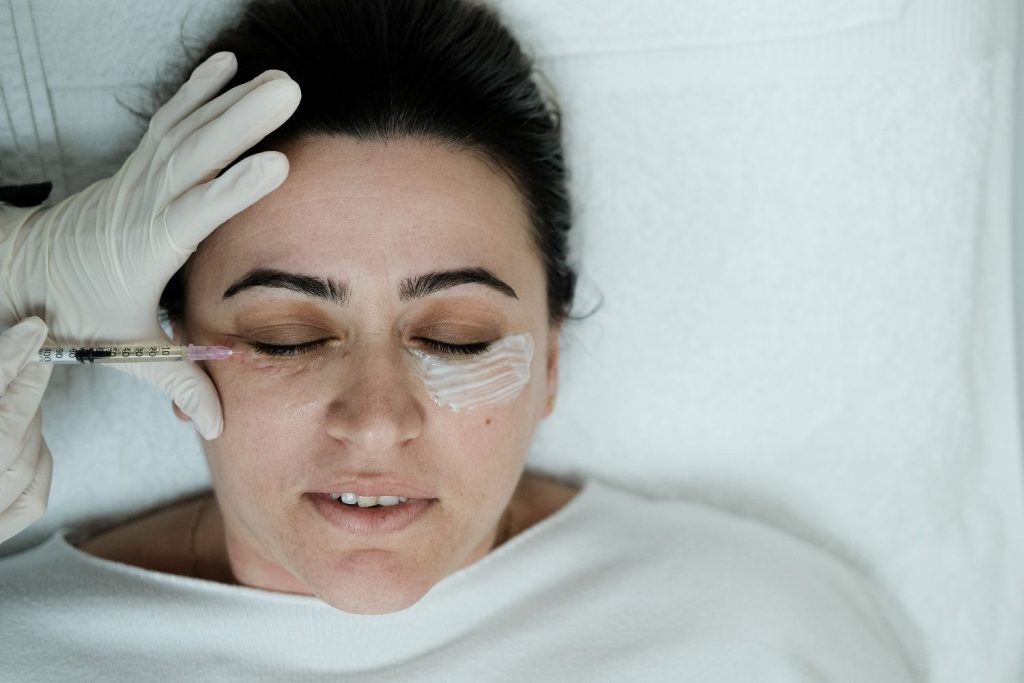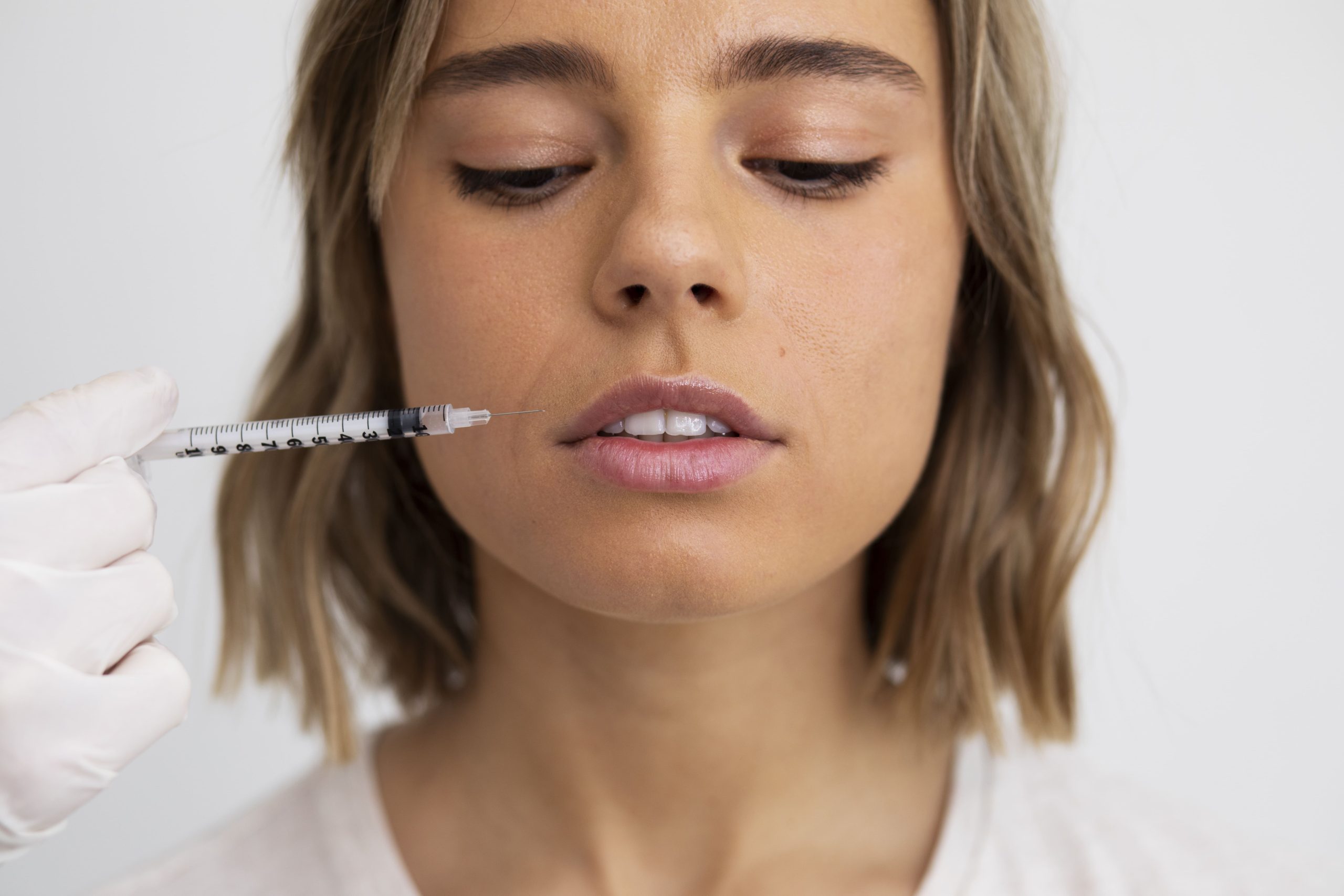Polynucleotides Gone Wrong: What Can Happen and How to Fix It

Polynucleotides have emerged as a sought-after injectable in the world of regenerative aesthetics. For those wondering what are polynucleotides, they are naturally occurring DNA fragments, often derived from salmon or trout, stimulate tissue repair, boost collagen production, and improve skin texture and elasticity. Designed to rejuvenate the skin at a cellular level, they are used across various areas, including the face, neck, décolletage, and notably, under the eyes.
Some of the most recognised brands on the market include PhilArt, Nucleofill, and Plinest, all offering different formulations for targeted treatments. If considering this innovative skin booster, it is available to buy polynucleotides online from certified suppliers like Best Buy Fillers to ensure a high-quality product.
But what happens when things don’t go as planned?
Polynucleotides Before and After: What Results to Expect?
The typical polynucleotides before and after photos are often impressive: firmer, smoother, more hydrated skin with a natural glow. Over a series of treatments, clients often report a visible reduction in fine lines, improved elasticity, and a more rested appearance, especially when using polynucleotides under eyes.
However, outcomes can vary depending on skin condition, age, lifestyle, and how well the aftercare is followed. Unrealistic expectations can also lead to dissatisfaction, even if the treatment technically worked as intended.
How Long Do Polynucleotides Take to Work?
Patience is key with polynucleotide treatment. Unlike fillers, results are gradual. Most people begin to notice improvements within 10-14 days, with more noticeable changes occurring around the 4-6 week mark. Full results are typically visible after a course of 3-4 sessions, spaced a few weeks apart.
Polynucleotides Gone Wrong: Unfavourable Outcomes
Though rare, complications with polynucleotides can happen. When we talk about “polynucleotides gone wrong”, we’re referring to cases where either the technique, product choice, or patient-specific reactions result in less-than-desirable outcomes.
Possible issues include:
- Lumps or uneven texture at the injection site.
- Persistent swelling or puffiness.
- Bruising or discolouration.
- Infection or inflammation.
- Blocked blood vessels (vascular occlusion), although this is significantly less common than with fillers.
These complications are not always due to the product itself but often due to poor technique, lack of proper consultation, or inappropriate candidate selection.

Dealing with Complications: Polynucleotide Injection Side Effects
Mild side effects like redness, swelling, tenderness, or small bruises are common and usually subside within a few days. However, more serious polynucleotide injection side effects require professional intervention.
Here’s how to address complications:
- Swelling or lumps: Gentle massage may help in mild cases. For persistent issues, hyaluronidase (an enzyme that dissolves hyaluronic acid) won’t work, as polynucleotides are not HA-based. In such cases, clinical observation and possibly oral anti-inflammatories may be recommended.
- Infection: Prompt treatment with antibiotics and anti-inflammatory medication is necessary.
- Vascular occlusion: Extremely rare with polynucleotides, but if it occurs, it’s a medical emergency. Seek immediate help.
Patients should always ensure the injector is medically qualified and trained in managing complications, not just administering treatments.
What Are the Side Effects of Polynucleotides for Eye Bags?
Treating eye bags or dark circles with polynucleotides under eyes procedure is popular because of their regenerative qualities. However, this area is delicate, and side effects can be more noticeable.
Potential risks include:
- Persistent puffiness if too much product is used.
- Milia (tiny white bumps) formation.
- Tear trough swelling due to poor lymphatic drainage.
- Bruising or hyperpigmentation.
Proper technique, conservative dosing, and careful patient selection are essential to avoid these complications. A skilled injector will assess the patient’s skin type, vascular structure, and fluid retention tendencies before proceeding.

How Long Does Polynucleotides Last?
Results from polynucleotide treatment are not permanent but do last longer than most skin boosters. On average, the effects last 6-9 months, depending on lifestyle, metabolism, and skincare habits.
For maintenance, repeat sessions every 6 months are recommended to prolong the polynucleotide benefits.
Polynucleotide Aftercare Routine
To minimise the risk of polynucleotides gone wrong, proper polynucleotide after care is vital. Here’s what patients should do post-treatment:
- Avoid touching the area for 6 hours.
- No makeup for 24 hours.
- Skip alcohol and exercise for 48 hours.
- Avoid facials, saunas, and direct sunlight for at least a week.
- Apply cold compresses for swelling if necessary.
- Use gentle skincare and avoid exfoliants or retinoids until healed.
Following these guidelines reduces the risk of infection and supports optimal healing.
What Is Better, Profhilo or Polynucleotides?
A common comparison is polynucleotides vs Profhilo. While both are injectable treatments aimed at rejuvenating the skin, they function differently:
- Profhilo is a hyaluronic acid-based injectable that hydrates and tightens the skin.
- Polynucleotides go deeper, stimulating fibroblasts and promoting cellular regeneration, which can help improve skin quality over time.
If patients are seeking hydration and quick results, Profhilo might be ideal. If they are looking for long-term regenerative effects and collagen stimulation, Philart polynucleotides or other brands may be more suitable. A qualified practitioner can advise on the best option based on the patient’s concerns.
The Final Words
While polynucleotide treatments are generally safe and effective, no cosmetic procedure is without risks. Knowing what could go wrong helps patients make informed choices and ensure they are treated by a competent professional. Whether it is about dealing with puffiness, uneven results, or simply curious about how long polynucleotides take to work, the key lies in preparation, choosing a trusted clinic, and following a thorough polynucleotide aftercare plan.
Continue reading

Radiesse or Juvederm? Which One Should You Use for Facial Contouring?
Facial contouring is more than just adding volume – it’s about sculpting definition, correcting asymmetries, and enhancing structure. Achieving those goals requires the right product, precise technique, and a deep understanding of dermal filler properties. Among the most commonly used injectables in aesthetic medicine, Radiesse and Juvederm stand out as…
Read More
Radiesse vs Sculptra: Which Collagen-Stimulating Filler Is Better?
As the popularity of natural beauty trends, like the no-makeup makeup look, continues to rise, the demand for subtle, long-lasting enhancements has reshaped the filler industry as well. More patients are turning to treatments that enhance their features while correcting concerns like uneven texture or volume loss, all without compromising…
Read More
Non-Surgical Jaw Definition: Radiesse Jaw Before and After Transformation
In the age of defined features and sculpted profiles, jawline contouring has become one of the most in-demand aesthetic procedures among both male and female patients. But not everyone is ready for surgery or permanent changes. That’s where non-surgical options like Radiesse jawline enhancement come in, offering a high-impact transformation…
Read More